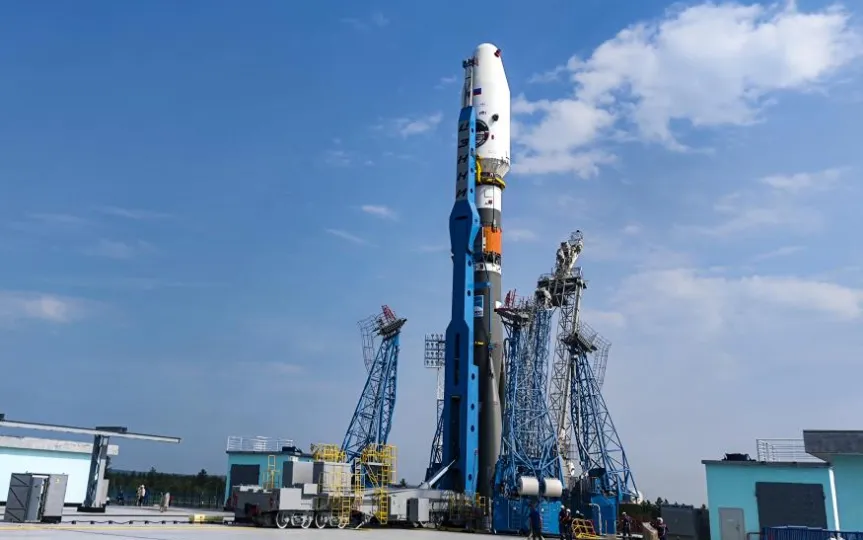Luna-25 Spacecraft Fails to Reach Lunar Surface
Russia’s recent endeavor to land on the Moon, marking their first attempt since 1976, has concluded in disappointment. After ten days of its launch on August 10th, Russia’s state-run space agency, Roscosmos, confirmed that their Luna-25 spacecraft had lost control and collided with the Moon. Roscosmos explained in a statement that the spacecraft had entered an unforeseen orbit and ultimately ceased to exist due to the collision. Initially referred to as an “abnormal situation,” the organization later disclosed the news of the crash.
Luna-25 was on its way to the South Pole to look for water ice and analyze for a year how it formed there and whether it had any connection with the appearance of water on Earth. It was also deployed to test drive technology and study regolith (moon rock that covers the ground). The plan was for it to remain in lunar orbit for five days before landing on August 21. Luna-25 took several images before impact, including one of the Zeeman crater near the 🌘 Welcome to the other side of the #moon! 👉 Russia’s #Luna25 has shared first pics of lunar surface – they show Zeeman crater on the moon’s far side. The ultimate goal is to land on the moon’s South Pole in search of water. Looking forward to new amazing photos from space 😍 pic.twitter.com/kRlnJBFLwM — Russia 🇷🇺 (@Russia) August 19, 2023 Had it succeeded, it would have been the first ship to land at the South Pole – a title that may now go to India. Russia was competing to beat India, whose spacecraft was launched on July 14 and is expected to land on the moon on August 23. Countries around the world are preparing for their own lunar missions. The United States currently plans to have humans orbit the moon in 2024 and land on it in 2025. China, Japan, Mexico, Canada and Israel are among other countries with active plans to reach the moon.




